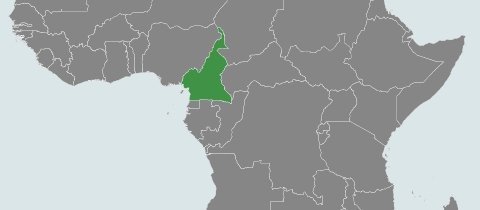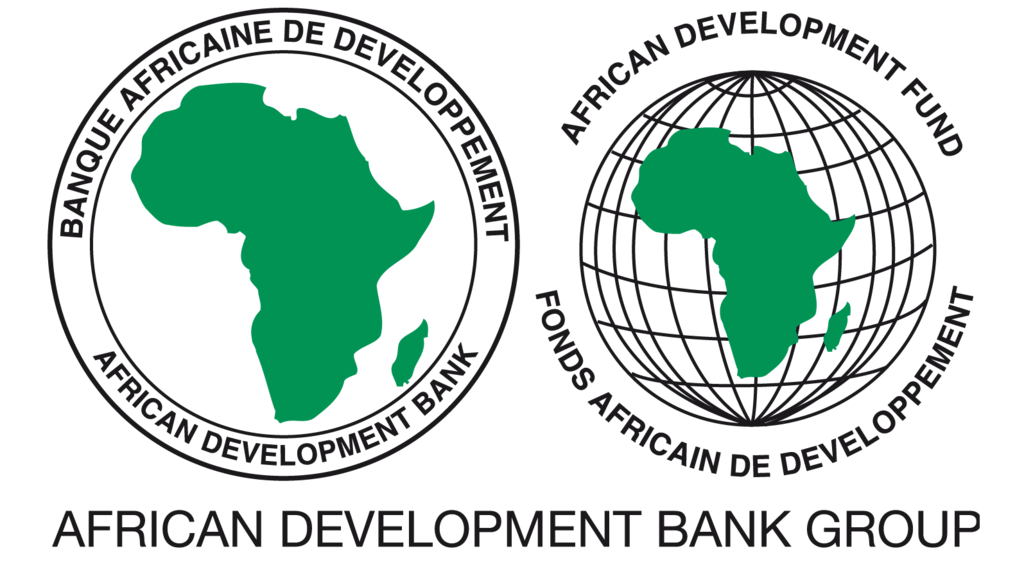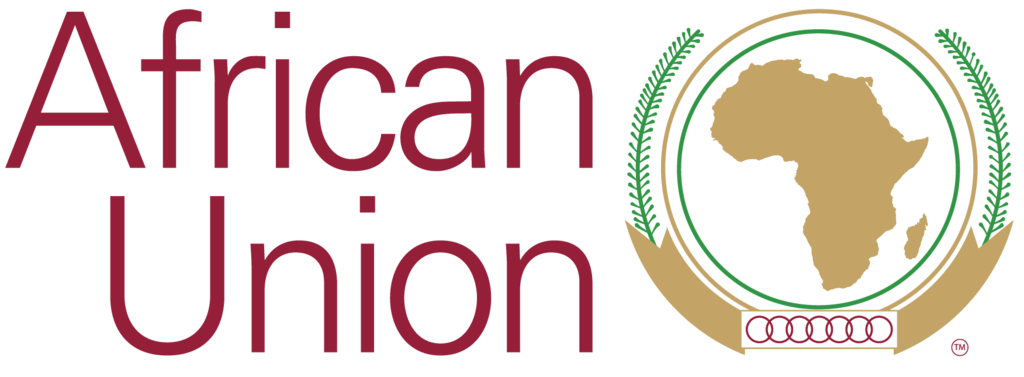At a glance
According to the World Bank, 91% of Cameroon’s urban households had access to electricity in 2016, while in rural areas 21% of households had access. The estimate for national access to clean cooking solutions is at 23%.
The country has great potential in the energy sector: hydroelectricity (the second in Africa after the Democratic Republic of Congo), gas, and renewable energy. Less than 5 % of hydroelectricity potentials (estimated to 20 GW) are actually exploited, and proven untapped gas reserves estimated at 171.7 billion m3 in December 2016. The country also has significant renewable energy potentials, with important forest areas in the south of Adamawa. Firewood is still the first source of energy for households, especially in rural areas.
Cameroon is part of The Economic Community of Central African States (ECCAS), that recently adopted the White Paper of CEEAC and CEMAC on a Regional policy for universal access to modern energy services and economic and social development (2014-2030), adopting specific targets regarding energy access, energy efficiency and renewable energies – in line with the Sustainable Energy for All initiative. At a national level, a Rapid Assessment / Gap Analysis of the energy sector was produced and will be updated in early 2016. Since December 2015, the country has embarked in the process of developing its national SEforALL Action Agenda and Investment Prospectus with the technical assistance of the SEforALL Africa Hub.
Stakeholders gathered for a Kick-off Workshop of the national SEforALL country action process from April 28-29, 2016 in Yaounde. This event marked the launch of the development of the SEforALL Action Agenda and Investment Prospectus. This process is expected to be finalized in the beginning of 2019.
The SEforALL implementation is followed by a focal point in the Ministry of Water Resources and Energy.
Location

Country contacts
Cameroon SEforALL focal point
Mrs NDOKAP Epse, EYA Ignès Carinne
in Charge of National Energy Information System
Ministry of Water Resources and Energy
News from Cameroon
| SEforALL Action Agenda Objectives | 2030 |
|---|---|
| Electricity Access, national | 100% |
| Access to clean cooking, national | n.a. |
| Renewable Energy Output | n.a. |
| Renewable Energy Consumption | n.a. |
| Energy Efficiency | n.a. |
| Country Action Documents | Status |
|---|---|
| Rapid Assessment | Finalized |
| Action Agenda | Under development |
| Investment Prospectus | Under development |
Documents
- Cameroon: Rapid Assessment Gap Analysis (1.77 MB)
Country statistics
| Series | 2010 | 2012 | 2014 | 2016 |
|---|---|---|---|---|
| Access to electricity (% of population) | 52.9% | 55.2% | 56.8% | 60.1% |
| Urban (% of urban population) | 86% | 88% | 89.2% | 91.9% |
| Rural (% of rural population) | 17.7% | 18.8% | 22.2% | 21.3% |
| Access to clean fuels and technologies for cooking (% of population) | 17.6% | 19.4% | 21.1% | 23.0% |
| Population, total | 20.6 Million | 21.7 Million | 22.2 Million | 23.4 Million |
| Renewable energy consumption (% of total final energy consumption) | 78.6% | 78.1% | 77.4% | - |
| Renewable electricity output (% of total electricity output) | 73.2% | 72.9% | 74.3% | - |
| Electric power consumption (kWh per capita) | 258.3 | 245.4 | 274.1 | - |





